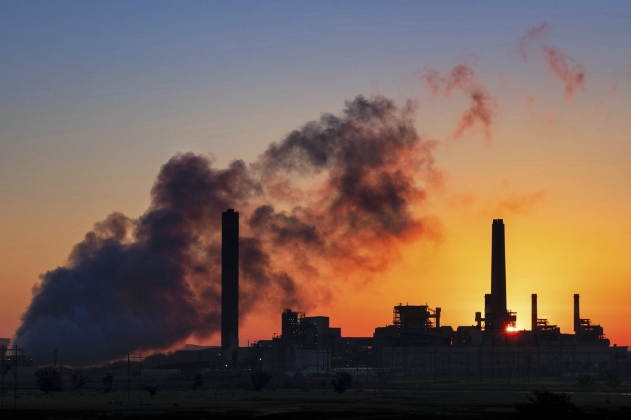India is projected to meet the Cancun pledge, made in 2010, its pre-2020 climate pledge. The Emissions Gap Report 2020 has said that India is also likely to meet and possibly go beyond its nationally determined contributions (NDCs) set under the Paris Agreement.
The country emits 7.1% of global emissions and has per capita emissions that are 60 % lower than the global average, and has recorded a fall in emissions growth in 2019. Its greenhouse gas (GHG) emissions grew by 1.4% in 2019, lower than the average of 3.3% per year over the last decade according to the report. The slower than expected growth in the GHG emissions is mainly because of increased hydropower from a record monsoon and weaker economic growth. India’s continued growth in renewable has also contributed to the fall in GHG emissions. In comparison, CO2 emissions by China grew by 3.1% in 2019 to reach a record high compared to growth of 2.4% in GHG emissions on average for the past decade. The progress of India over Climate change is commendable given that it is dealing with the complexities in the international platforms like those under the UN.
Several countries, including Canada, Indonesia, Mexico, the Republic of Korea and the United States of America, are projected to miss their Cancun pledges and Australia, Brazil, Canada, the Republic of Korea and the United States of America are set to fall short of their NDCs under the Paris Agreement.
In the Cancun pledge of 2010, India had pledged to reduce its emissions intensity of GDP (excluding the agriculture sector) by 20–25% below 2005 levels by 2020 which it has achieved. Further, under NDCs, India has committed to reducing the emission intensity of GDP by 33 to 35% by 2030 over 2005 levels.
On an international scale, despite the reduction in GHG emissions and the global slowdown due to the Covid19 pandemic, the world is not on track to meet the climate change mitigation goals and 2020 is on track to be the second warmest year on record. Due to the pandemic, global carbon dioxide (CO2) emissions are expected to fall by 7% this year compared to 2019 but the world will still be heading for a temperature rise of over 3 degrees C this century. Innovations like Direct air capture technology need to be made economically feasible for scaling up across countries to fasten the CO2 sequestration approaches.
India has allocated about 10.1% of 2019 GDP for Covid-19 rescue and recovery measures, according to the report based on data from Oxford Recovery Project which has an overview of total fiscal rescue and recovery measures of G20-members.
“India’s Covid-19-relief package was nearly 10% of its annual GDP, but had no substantial investments impacting the climate. Additional stimulus must focus on recovery and rebuilding, accelerating an energy transition in the power sector, transport, and urban planning. Without this, the likely drop in emissions from the lockdown will rise again without a green recovery. A long-term strategy may be the most convincing and coherent way of articulating to the international community about India’s ongoing development needs (which are unlikely to be exhausted by 2050). It is imperative that the focus remains on not only a ‘green recovery’ but a resilient one that is beneficial over the long-term,” said Abhishek Kaushik, Associate Fellow, and Area Convenor, Centre for Global Environment Research at The Energy and Resources Institute.





